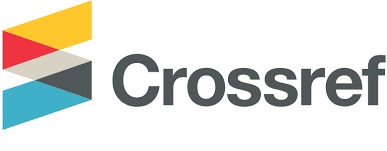Fight or Flight on the Autism Spectrum: A Comparative Analysis of Primitive Reptilian Brain Mechanisms and Aggression in Nonverbal Children at Support Levels 2 and 3
DOI:
https://doi.org/10.57188/RICSO.2025.726Keywords:
Autism, Aggression, Reptilian Brain, Fight or Flight, Nonverbal Communication, Support Levels 2 and 3Abstract
Aggressive behavior in children with Autism Spectrum Disorder (ASD), particularly in nonverbal individuals with support levels 2 and 3, poses a significant challenge for parents, caregivers, and professionals. This article explores a neurobiological perspective, analyzing and comparing these aggressive manifestations with the innate fight-or-flight mechanisms of the reptilian brain. It is proposed that, in the absence of functional verbal communication and due to challenges in sensory processing and emotional regulation inherent in ASD, these individuals may resort to primitive self-protective responses when confronted with frustrations, sensory overload, or demands that they are unable to process or communicate. Understanding these behaviors through the evolutionary lens of the reptilian brain can inform more effective intervention strategies focused on reducing triggers, promoting alternative communication, and developing self-regulation skills.
Downloads
Downloads
Published
Issue
Section
License
Copyright (c) 2025 International Journal of Social Sciences

This work is licensed under a Creative Commons Attribution-NonCommercial-NoDerivatives 4.0 International License.
The journal is a free open access dissemination medium. This journal and its articles are published under the Creative Commons Attribution-NonCommercial-NoDerivatives 4.0 International License (CC BY-NC-ND 4.0).














